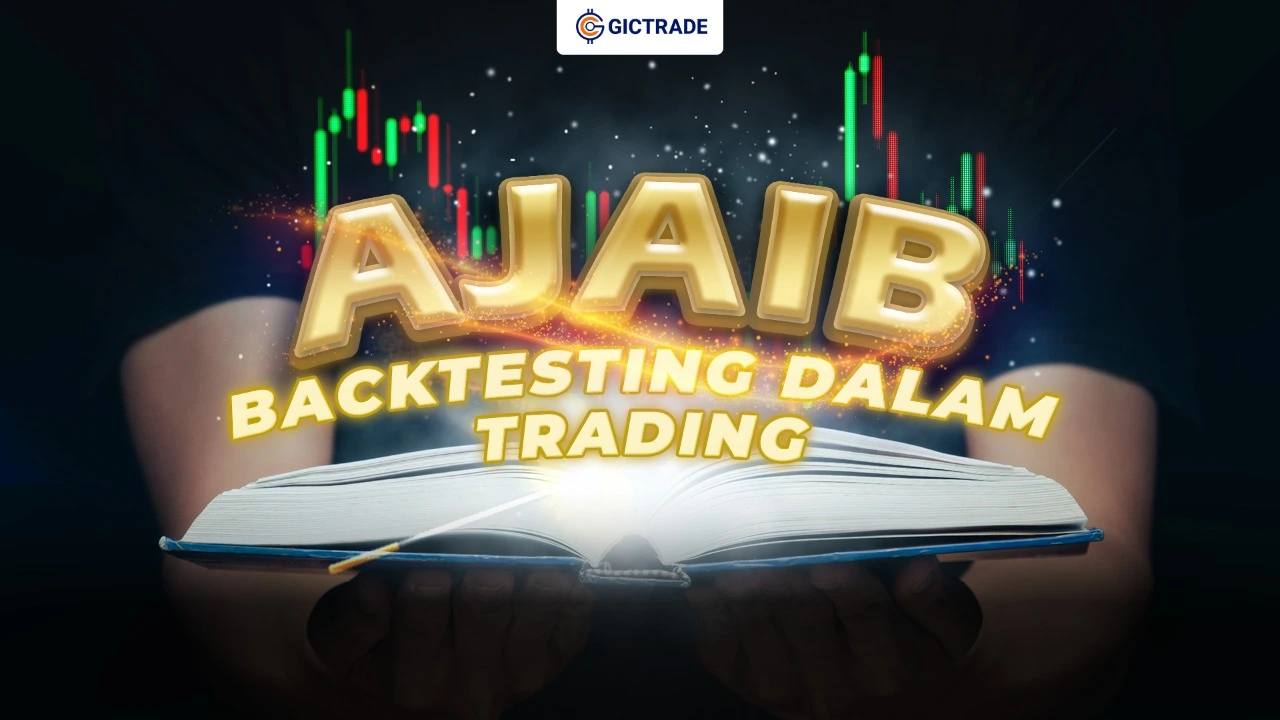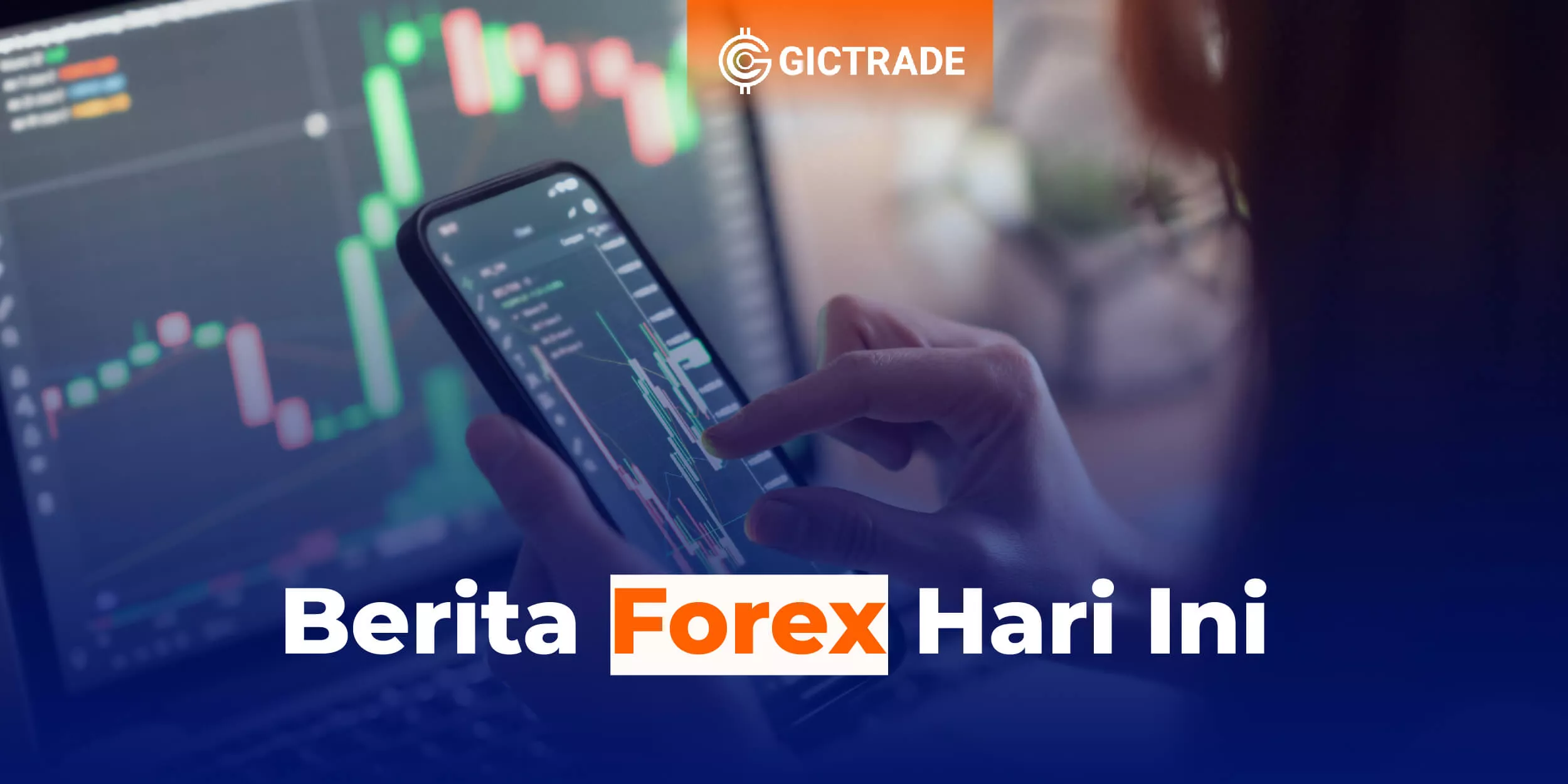Check out Tips, Strategies, and How to Trade Bitcoin for Maximum Profit!
Backtesting Is
Backtesting is the process of assessing how well a trading strategy or analytical method performs, based on historical data. This is a key component in developing an effective trading strategy. There are endless possibilities for strategies, and any small change will change the outcome. This is why backtesting is important, because it shows whether certain parameters will work better than others.
Definition of Backtesting
Backtesting is the process of testing a trading strategy on historical data to assess its accuracy. Technical traders often use it to test trading strategies to find out how they might perform in the real market. In fact, no funds are invested in reality. Backtesting is based on the phenomenon that, a strategy that performed well in the past, is expected to perform well in the future and vice versa. Before backtesting, investors look at several important elements. A clear picture of the trading strategy, the expected risk and return of the asset, historical data of the financial asset, among other parameters. Traders should be aware of what they want to know when backtesting a strategy and the expected results. In addition, traders decide on the level of risk and expected return. Data and time frame are very important when backtesting. In addition, traders should choose a period that reflects the current market situation. Misleading data or improper timing can lead to inaccurate results. Backtesting can be done manually or with software. To backtest manually, traders first determine the financial asset and the sample time frame to be tested. Then, they can start observing and analyzing trades based on the strategy in the selected time frame. A trader can observe the price chart and the gross and net profit of recorded trades.How to backtest a trading strategy
There are several steps to manually testing a trading strategy or model. Backtesting requires historical data, which shows the past price movements of a particular asset from a trading chart. To perform a backtest, a trader usually needs a few weeks of historical data for strategies where trading is short-term. Years of historical data may be needed if testing a long-term strategy. Here are some basic steps you can take when performing a manual backtest:- Define the strategy parameters. Backtesting involves practice so you don’t have to deposit and risk real money in the process.
- Determine which financial market and chart time frame the strategy will be tested on. For example, you need to decide whether you plan to focus on one stock or currency pair, or a range of markets, as well as how long you will collect the results, whether this is recorded over a week, a month, a year or a 10-year historical period. Each choice will provide different results and information.
- Start looking for trades. You can go back in time and look for trades from a year, a month or a week ago, depending on how far back you want to look.
- Analyze the price chart for entry and exit signals. This can be done until all trades on the chart up to the current time have been found and marked or written down.
- To find the gross return, record all trades and calculate them. This should include both winning and losing trades.
- To find the net return, subtract the commissions and trading costs associated with the trade from the gross return. The net return is the gain or loss over a specified time period.
- Get the percentage return over the entire period. Compare the net return to the capital required to make the trade, or your exposure.
The benefits and risks of backtesting are
Here are some advantages and disadvantages of backtesting trading strategies:Benefits of backtesting
Below are the benefits of backtesting- You can test various, even very different trading strategies very quickly and without risking any capital.
- The test, optimize, retest cycle of backtesting allows for continued refinement of any strategy that you think may produce profitable results.
- Develop and customize a strategy tailored to your individual preferences in terms of risk versus reward.
Backtesting risks
Below are some of the risks of backtesting:- Past data is not necessarily a good predictor of future market behavior, so no strategy can guarantee accuracy.
- You may be tempted to fine-tune the model so that it best fits historical data, without taking into account the fact that future conditions may be different.
- Past data sets may be skewed due to adverse market events or unusually positive sentiment.
- Inadequate data sets will likely result in models that do not account for a wide range of market conditions.
- A trading strategy that works well on some data sets from one market (e.g. forex) may not work well in another market (e.g. stocks).
- A strategy that works well in a bullish market may not work in a bearish environment, and vice versa.
6 Types of Assets That Are Most Profitable and Easily Liquid
How Backtesting Works Is

Analysts use backtesting as a way to test and compare different trading techniques without risking any money. The theory is that if their strategy has performed poorly in the past, it is unlikely to perform well in the future (and vice versa). The two main components looked at during backtesting are overall profitability and the level of risk taken. However, backtesting will look at the strategy’s performance relative to many different factors. A successful backtest will show traders a strategy that has been proven to show positive results historically. While markets never move the same, backtesting relies on the assumption that stocks move in the same patterns as they have historically.
Implementation
Backtests are typically coded by programmers who run simulations of trading strategies. Simulations are run using historical data from stocks, bonds, and other financial instruments. The person facilitating the backtest will assess the model’s returns across several different data sets. It is also important that the model is tested across many different market conditions to objectively assess performance. The variables in the model are then tweaked to optimize for several different backtesting steps.Pension Funds, How to Calculate and Manage Assets in Old Age
Want Easy Trading But Confused About Where?
There are countless brokers out there, but can you trust them? It is not difficult to find trusted brokers these days, GICTrade is here for you with trusted brokers. A very easy-to-use platform for beginners to professionals. You can start downloading the GICTrade Mobile Apps on the Google Play Store and also the Apple App Store. You can also register directly to start trading.
 Last:
Last: 







